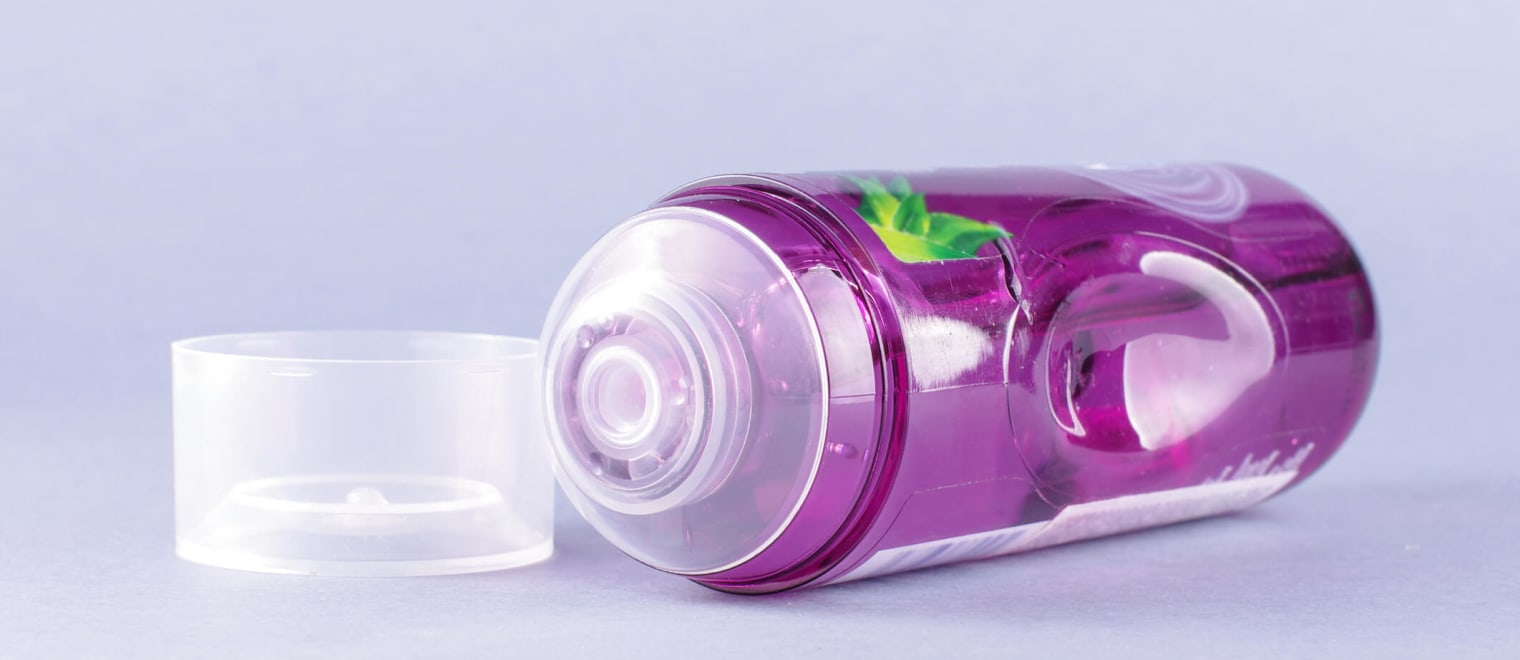This informal CPD article, ‘The different uses of lubricants’, was provided by Pelvic Angel Training, specialists in providing experienced pessary advice and support to women. They offer evidence-based pessary courses.
Vaginal dryness is a common issue that can affect women of all ages, but it tends to become more prevalent and pronounced during and after menopause. The decrease in oestrogen levels is a primary cause of vaginal dryness. It can have a significant impact on the quality of life for affected individuals.
Reduced Quality of Life: The physical and emotional challenges associated with vaginal dryness can lead to a reduced overall quality of life. Women may avoid social activities, exercise, or even intimacy due to the discomfort and pain.
Discomfort and Pain: Vaginal dryness can cause discomfort and even pain during everyday activities, such as walking, sitting, and exercising. This can make it challenging to carry out regular tasks and lead to a decreased quality of life.
Sexual Function: Vaginal dryness can significantly impact sexual function. It can make penetrative intercourse painful and uncomfortable, leading to decreased sexual desire and satisfaction. In some it can lead to tearing of the vaginal lining due to atrophy.
Psychological and Emotional Impact: Living with the discomfort and pain caused by vaginal dryness may lead to anxiety, depression, and a decreased overall sense of well-being. Women may feel embarrassed or self-conscious about their condition, leading to buying over the counter products which may not be the right products.
Sleep Disturbances: Some women may experience sleep disturbances due to discomfort, itching and pain, further affecting their overall well-being and quality of life.
There are various treatment options available for vaginal dryness, including hormone therapy, over-the-counter moisturizers and lubricants, and lifestyle modifications, but knowing which product to invest in is difficult which is why it's essential to consult a healthcare professional who can provide guidance and recommend appropriate treatments or strategies to address this issue.
Lubrication
Not all lubricants are equal, and in this ever-growing evolution for producers to fight for their spot in this growing industry of commercial slippery emollients not all are regulated, leaving consumers vulnerable to increased candida growth, bacterial vaginosis and unwanted pregnancies.
The application of lubricants
Different lubricants have different uses and to mix them could pose an internal disaster where the user may blame anything except the lubricant, due to the unknowing of the potential hazards prior to use.
It is important to use the correct type of lubricant with the correct pH balance within to ensure there would be no disruption to the pH of the vagina or anus, which are different and both require different types of lubrication.
The vaginal pH is more acidic and typically a range of 3.8 to 4.5 and may change slightly during different stages of the menstrual cycle. If the pH balance is disrupted it can lead to an increased risk of infections. So, the recommendation for a vaginal lubricant would have a pH of 4-4.5
The pH of the anus is typically more neutral or slightly alkaline and ranges from 6.5 to 7.5 which is closer to the neutral factor of 7. A recommendation for anal lubricate would have a pH of 5.5 – 7















